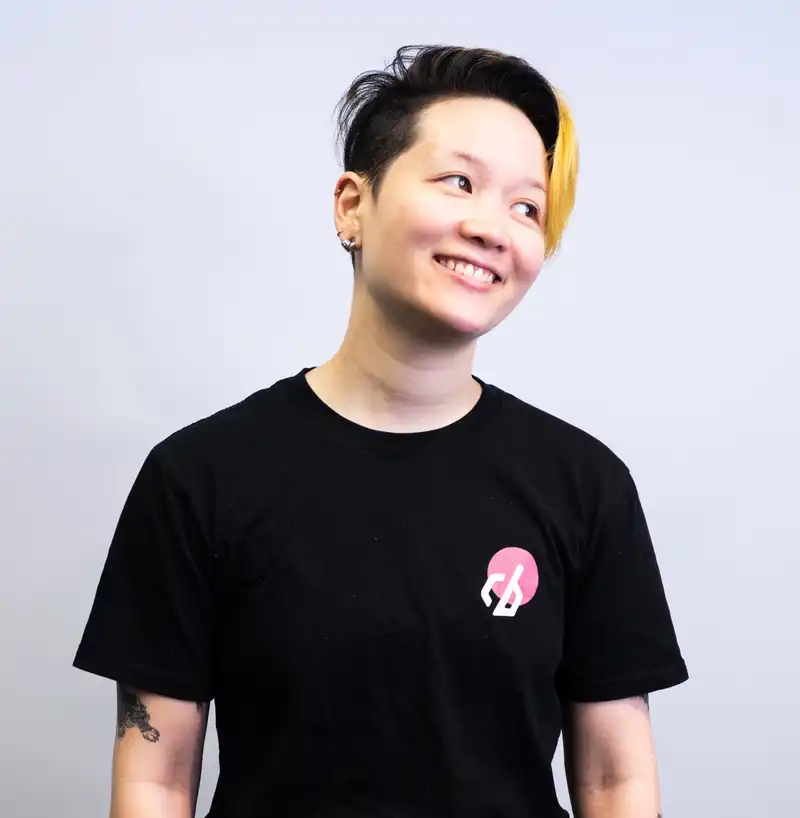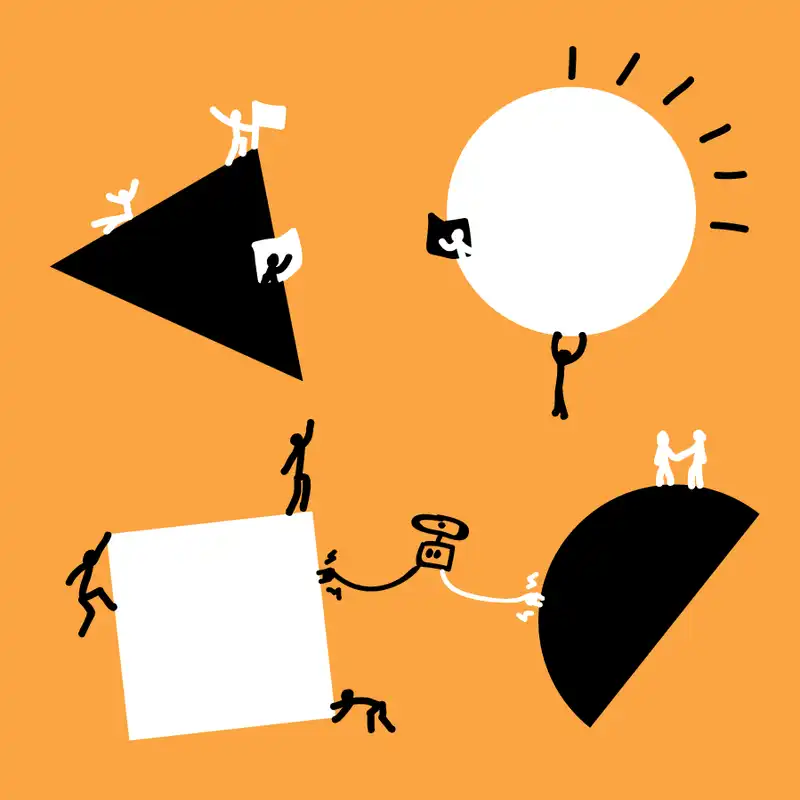Stage
Ideate
Suggested time
60-90mins
Participants
Key stakeholders for problem
Scoping team
Facilitator
How to run:
Brainstorming is the time for your team to generate as many ideas to solve your problem as possible. Pick the best ones to refine, then start ideating on them.
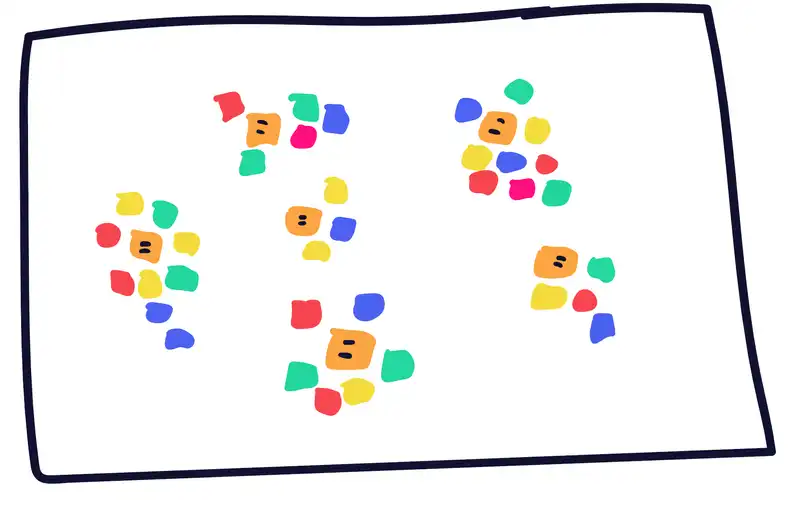
- Write the problem statement down for everyone to see.
- Pose ‘How might we’ questions
- Everyone comes up with ideas for new solutions
- Vote on best ideas
- Develop the winning ideas by writing down strengths, potentials and challenges
- Vote on refined ideas
Make sure to grab a whiteboard, a free wall or go digital with https://miro.com
Description
Behind every great product is a sea of ideas and concepts that never made it to the final version. Most of them never made it past a post-it note on the wall, but they all had chance to be heard in the activity we call Brainstorming.
At the start of a project, we have with us the collective knowledge of a diverse team of people and a stack of research we gathered. This is where we can begin to go wild and come up with as many ideas as possible to try and solve our problem statement. Then, we systematically refine that divergence of concepts down to a few key winners we want to focus in on.
We have broken this down into 3 stages, with alternative methods for the first one to help you find winning ideas. Brainstorming can happen at any point in the products development, but we find it helpful to do it as early as possible so you only work on ideas that the team agrees have merit.
This is a time to be open and creative with ideas, nothing is wrong. These sessions work best when everyone is positive, optimistic and focused on generating as many ideas as possible in quick succession. To ensure people are working as best they can we have a few rules you should follow for a fruitful session.
Rules for good brainstorming
The goal of a good brainstorming session is to come up with lots of wild ideas, not a perfect one. Being open and collaborative is key here. The last thing you want is someone latching onto one idea and only sticking with it and defending it. Not only does this kill creativity, but it shifts the collective mindset from a creative one to a critical one. The more ideas the better, some of the best products have come from completely left field ideas.
- Give everyone time to come up with ideas without any feedback from others to start off with. Let their minds wander and get lost in their creative spaces. Put some background music on!
- Go wacky by encouraging wild ideas and try to solve the problem in ways you normally wouldn’t even think of. These ideas can lead to thinking outside the box and taking a creative leap forward.
- Be positive and build on others ideas when giving feedback. Try to use ‘and’ instead of ‘but’ see how far you can take a concept.
- Keep the discussions on topic, don’t get lost in the weeds this early on. Don’t try to solve outside your first problem right now, otherwise you’ll start bringing in scope creep. A good idea is to get a timer and use it on everyone.
- Only one person should be talking at a time. Let others finish their ideas before you jump in. Keep everyone paying attention to who is talking so all your collective brain power is analysing ideas.
- Use post-it notes or a digital whiteboard tool to show and record ideas. Its even better if everyone gets down drawing as well. It doesn’t need to be a piece of art, just get the intention across.
- Brainstorming is about quantity not quality. The more ideas you come up with in a short timeframe, the higher chance a few of them are going to be winners instead of worrying about perfecting that first idea you had.
Method
How might we…
The first step is to formulate a series of challenges that relate to the problem statement. These might have already come from a previous retrospective, user testing session or research pattern finding. If not, then this is a chance to work out prompts for the rest of the brainstorming. We frame these as ‘How might we’ or HMW. These questions are tangible issues or problems the team needs to overcome to create a successful product.
- Start by writing out the problem statement alongside the goals and success, then open discussion up to the team.
- At this point the facilitator helps guide the team to create a series of HMW questions relating to the problem. A good problem statement will already be a HMW, but will always have smaller challenges below it.
- Give everyone 5-10mins to generate a series of HMW’s on post-it notes and put them on the whiteboard when the time is up.
- Group any that are the same or similar, then refine them.
- Select a few questions to start brainstorming solutions to.
Example: If the problem statement is “How might we reduce paperwork?” we can start branching smaller HMW’s out of it like:
How might we digitise our paper work?
HMW get the team onto a digital platform?
HMW automate our processes?
HMW burn through red tape?
Etc…

Brainstorm
The next step is to go wild and start diverging on solutions. With all the research and its findings available to the team, we should be in a good position to start going wild with new ways to solve things. Take your HMW’s as a guide and throw them up on the whiteboard or wall once again. We have two different ways of brainstorming for you to use, based on what works best for your team.
Structured
Structure brainstorming is best used when the team is new at being a creative powerhouse. It is a method that helps everyone come up with ideas and build on them early.
- Take a sheet of paper and place one HMW on it. Do this once for each person in the session and give everyone the paper and some post-it notes.
- Give everyone 1-2 minutes each to write down one or two ideas that could be viable solutions.
- When the times up, pass the sheet to the person on their left and in the same timeframe that person can either come up with a new idea for that HMW or build off the current ideas on there. Maybe adding some more information or refining it a bit. If you are building off an idea, draw an arrow to the one before it.
- Do this until everyone gets a chance at a HMW.
- Stick the sheets on the wall or whiteboard.
- Have the last person on each sheet get up and give a brief run down of the ideas on the sheet. Keep comments to yourself until all ideas spoken about, but feel free to write down more ideas or notes on your post-its.
- Once everyone has finished then stick up any additional ideas.

Intuitive
Intuitive brainstorming is more freeform and allows teams to keep getting really creative and following rabbit holes of creativity.
- Put the HMW on the wall or whiteboard where everyone can see.
- Give the team post-it notes and allow them 10-15 minutes to come up with as many ideas as possible. They can be related to the HMW or just completely new left of field ideas.
- When you’re done, have everyone get up and stick them on the wall or whiteboard one by one, giving a short explanation for each. Keep comments to yourselves until everyone is done, but feel free to write down notes or more ideas as you go along.
- Once everyone has stuck them up, throw up any additional ideas.
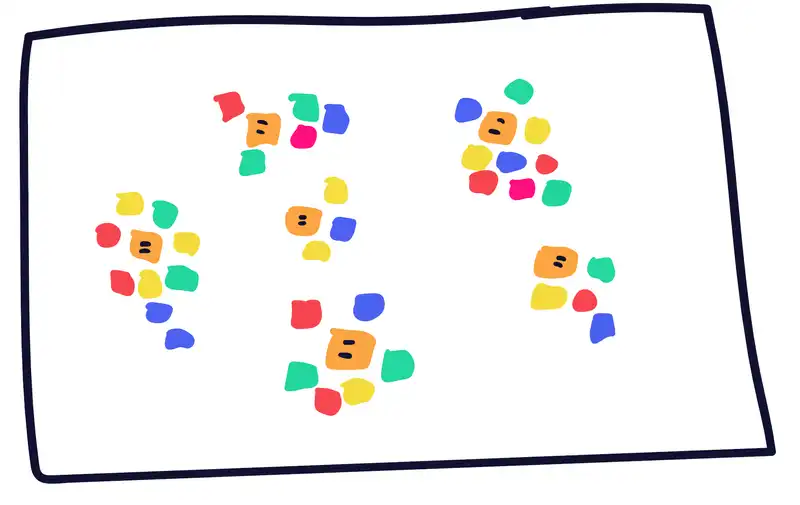
Voting
With all the ideas up, the next step is to vote on which ideas people like and think have merit. Give everyone 3 dot stickers and the key stakeholder 6 dots. This is where you want to converge on your ideas. The key stakeholder gets more dots because they are ultimately the one making the decision and have more say in the final outcome.
- Have everyone go read the ideas and place their dots on the ideas they like best. You can vote for your own ideas and can add as many dots as you like. It is easy to just be selfish on your ideas here, but that will just end in a stalemate. The concept of a good brainstorm session is to look outwards.
- Once everyone is done, the facilitator will pick the top 5 ideas and let everyone know what the are.
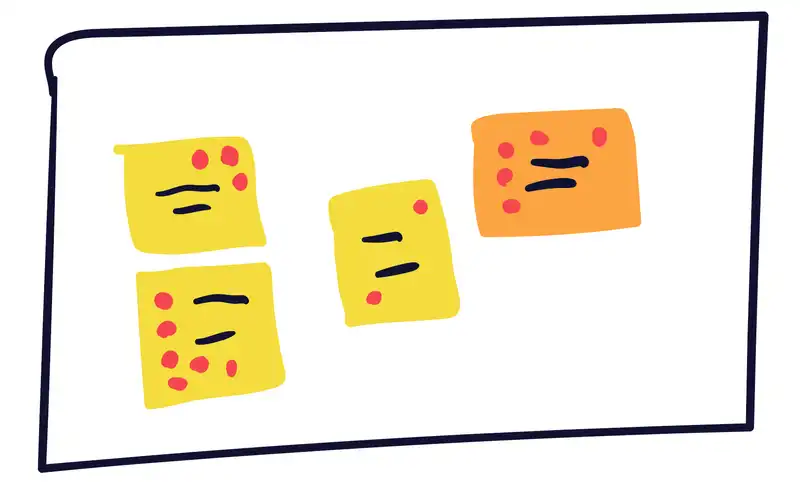
Idea development
Once the best ideas have been selected then it is time to diverge again. At this point the team is focusing on developing the ideas further so they can hone in on what to start ideating.
- On a new wall or once the old ideas have been moved aside, put the winning ideas back up.
- Let the owners of the ideas explain them further if needed.
- Everyone has 2 minutes to write down 3 strengths of an idea. Once they are done, have everyone put them on the wall. Then start on the next idea and do the same thing. Meanwhile the facilitator starts grouping the post-its.
- After all the strengths are done then start on the potentials of each idea and what effects that idea will have.
- Then work on the challenges you see related to that idea. You can frame these challenges as HMW if you want.
- Once everyone is done, go over all the post-its on the first idea. Discuss their strengths and potentials. When you get to the challenges, give the team 3 minutes to come up with possible solutions and ideas on how to solve them and add them to the original idea to help improve it.
- Repeat this for each idea.
- Once you are done then give out the 3 dot stickers again and 6 to the key stakeholder. Vote on the ideas you like best again.
- The facilitator will then rank the ideas in order or most to least.
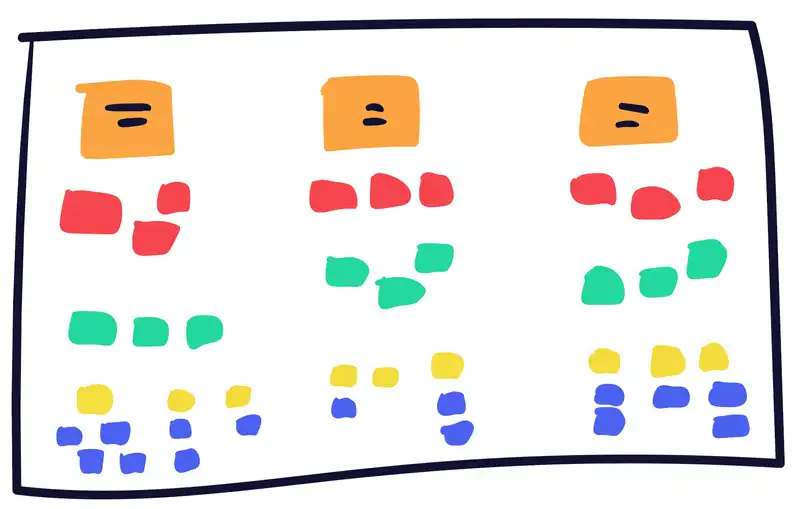
You now have refined ideas that you can go and start ideating more on! If an idea fails in testing or just doesn’t pan out, then you can come back to these results and try another one. Or even have different teams work on different ideas at the same time. Remember you can always run another session of idea development or brainstorming if you want to keep looking for new ways to solve your problem.
Documenting
Once you have gotten your top ideas and decided on what one to procced with next, make sure you document your process and findings. Take screenshots or photos of the whiteboard as you go along and write up the final results into what you learnt and what you plan t do next. This is a handy point to come back to and see what other ideas you can take and ideate.

